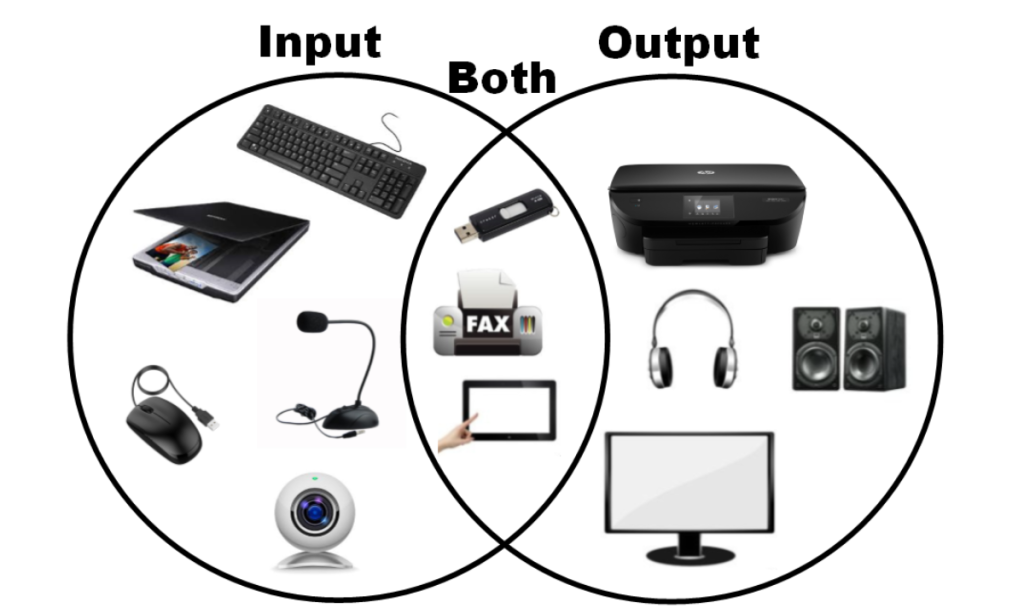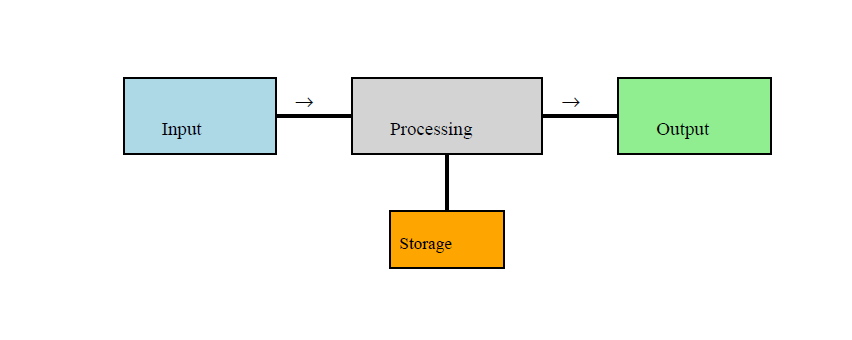Computer Languages and Types of Computer Languages
1. What is a Computer Language?
- Just like humans use languages (Urdu, Sindhi, English) to communicate with each other,
computers also need a language to understand what we want them to do. - Computers only understand binary language (0 and 1).
- Writing everything in 0s and 1s is very hard for humans, so computer languages are divided into different types to make them easier.
2. Types of Computer Languages
A. Low-Level Language
- Called low-level because it is very close to the computer’s hardware.
- Difficult for humans, but easy and fast for the computer.
- Two types: Machine Language and Assembly Language.
i. Machine Language
- The first generation programming language.
- Written in binary code (0s and 1s).
- Example:
10110000 01100001→ This could be an instruction to move the number 97 into a computer register.
- Advantage:
- Very fast (directly understood by the CPU, no translator needed).
- Disadvantage:
- Very difficult to read and write.
- One small mistake in a 0 or 1 can completely change the program.
Analogy for students:
It’s like speaking in computer’s mother tongue (binary), but humans don’t understand it easily.
ii. Assembly Language
- The second generation programming language.
- Uses mnemonics (symbols/short codes) instead of 0s and 1s.
- Examples:
ADD A, B→ Add numbers stored in A and B.MOV A, 5→ Move number 5 into location A.
- Needs an Assembler (software that translates assembly code into machine code).
- Advantage:
- Easier than machine language.
- Programs are shorter and easier to debug.
- Disadvantage:
- Still machine dependent (a program written for Intel processor may not work on another type of processor).
Analogy for students:
If machine language is numbers, assembly language is like using short forms or SMS codes (LOL, BRB). Easier than numbers, but still not full English.
B. High-Level Language
- The third generation programming language.
- Close to human language (English-like statements).
- Each statement can perform many instructions in machine language.
- Needs a Compiler or Interpreter to convert into machine code.
Examples:
- C → widely used in system programming.
- Python → simple and modern, used in AI and data science.
- Java → used in Android apps.
- BASIC, FORTRAN, Pascal → older but important in history.
Example Code in High-Level Language (Python):
print("Hello, World!")This single line prints “Hello, World!” on the screen. Imagine how many binary codes this one line is hiding!
Advantages:
- Easy to learn, read, and write.
- Program development is fast.
- Portable: same program can run on different computers with little or no change.
Disadvantages:
- Slower than low-level, because translation is needed.
- Less control over hardware.
Analogy for students:
High-level language is like speaking English/Urdu with full sentences. Everyone can understand, and you don’t have to learn difficult codes.
3. Difference Between Low-Level & High-Level Languages
| Feature | Low-Level Language | High-Level Language |
|---|---|---|
| Closeness | Close to hardware | Close to human language |
| Ease of Use | Hard for humans | Easy for humans |
| Execution | Fast, no/less translation needed | Slower, needs Compiler/Interpreter |
| Portability | Not portable (machine dependent) | Portable (works on different systems) |
| Examples | Machine, Assembly | C, Java, Python, BASIC |
4. Quick Recap for Students
- Machine Language → Only 0s and 1s. Very fast, very difficult.
- Assembly Language → Uses mnemonics. Easier than machine, needs Assembler.
- High-Level Language → English-like, very easy, needs Compiler/Interpreter.
Computer Languages and Types of Computer Languages Read More »






























